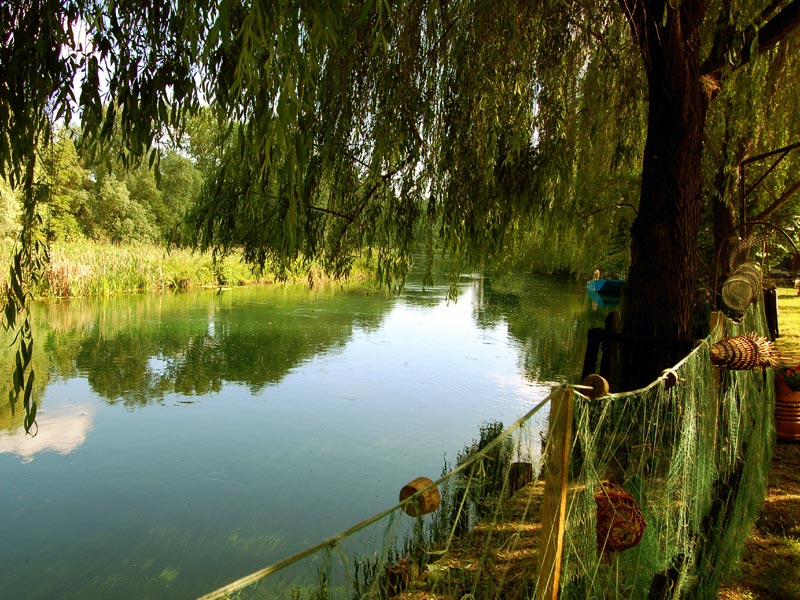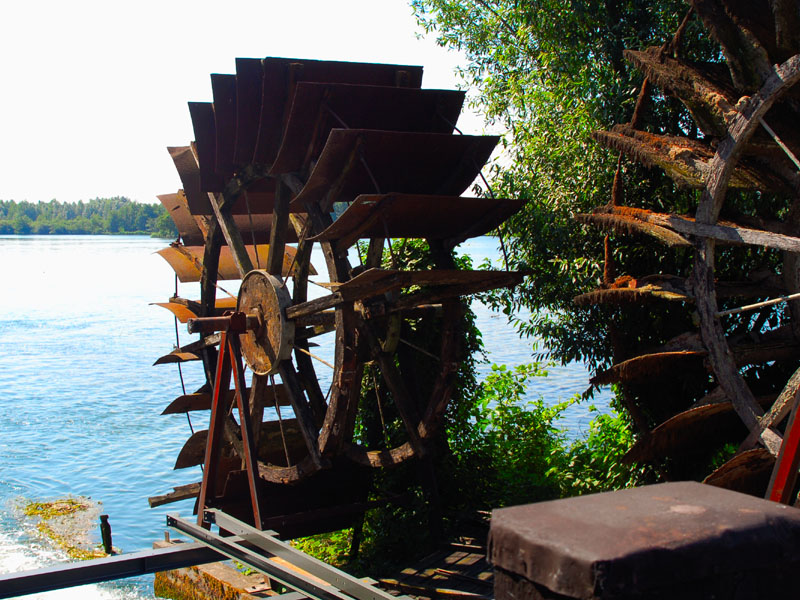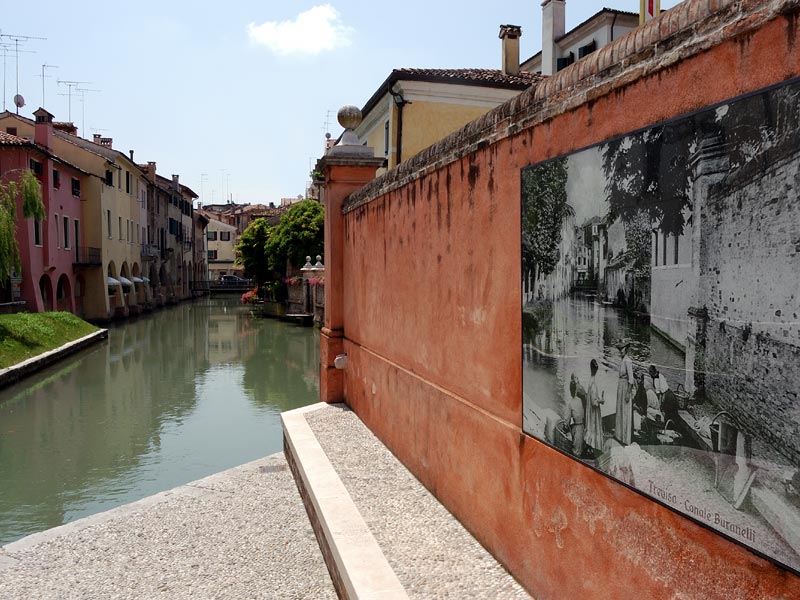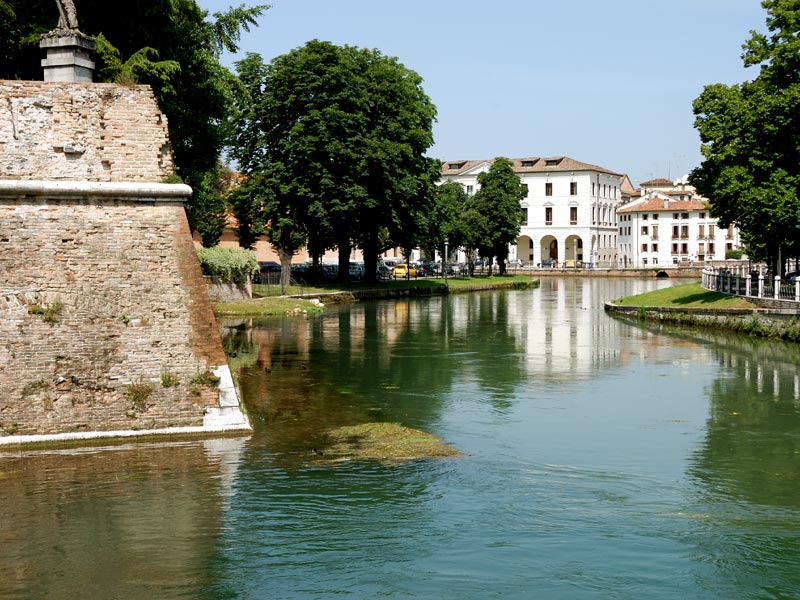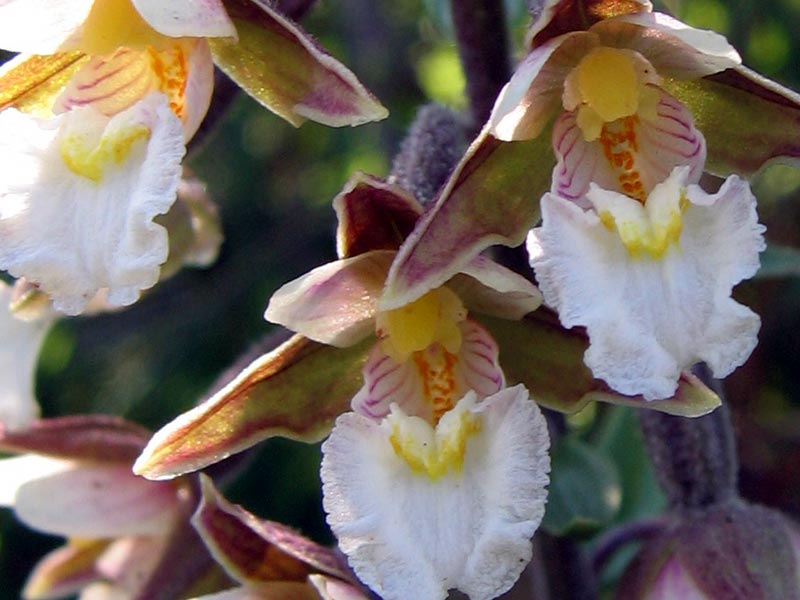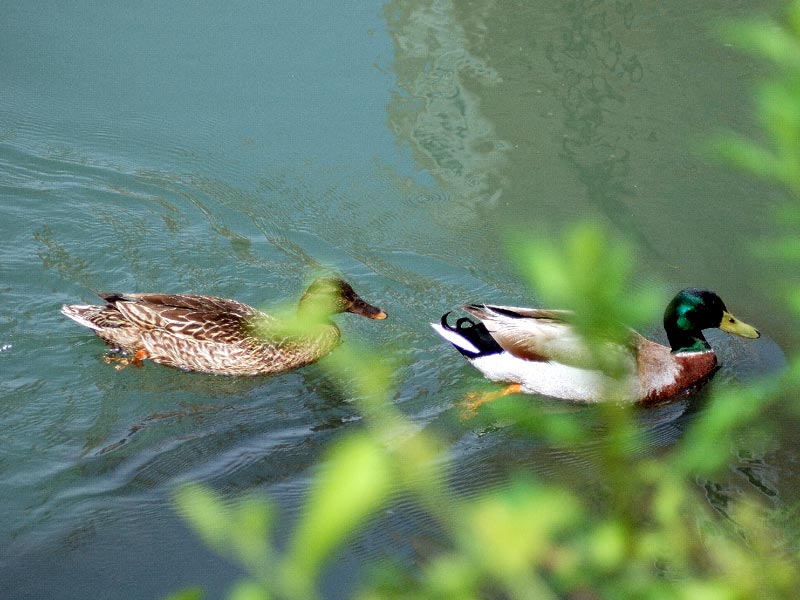Parco Naturale del Fiume Sile
www.parcosile.itProtected Area
Identity Card
- Fiume Sile Regional Park:
- Land Surface Area: 4'159.00 ha
- Protected flora: 6 species (Italian text)
- Protected wildlife: 52 species (Italian text)
- Habitats: 5 types (Italian text)
- Regions: Veneto
- Provinces: Padova, Treviso, Venezia
- Municipalities: Casale sul Sile, Casier, Istrana, Morgano, Piombino Dese, Quarto d'Altino, Quinto di Treviso, Roncade, Silea, Treviso, Vedelago
- Establishment Measures: LR 8 28/01/1991
- PA Official List: EUAP0240
- Park Authority: Parco Naturale Regionale del Fiume Sile
- Further managed Protected Areas:
The River and the Surrounding Area
Rivers are often unifying elements and the truest key to interpreting historic, economic, artistic and technological events and the vocations and influences conditioning the regions they flow through on their journey from source to sea. Water, that particular water which flows in each river, is the most authentic interpreter of everyday life; a resource in itself and for the economy, a source of sustenance and income, essential in everyday work, vital for defence and an important communicating waterway. But the colour of the river, the sounds it makes, the temperature of the water, the speed of the current and the climate it generates are also reflected in the bustling world around it. The River is father, mother, brother, life, death, punishment - and god. And it is also voice, ambassador, messenger and omen. Those who live on the banks of a river all have something in common, wherever they come from, whatever latitude and whatever level of civilisation they have reached. Every river carries with it a destiny written in its waters. Talk to a man of the river, anyone living near even the smallest of streams, and you will understand how his story is grafted onto that of the river and the river is alive within him, for better and for worse, with all it brings and will bring with it.
The Geology of the Sile
In the Quaternary, the geological period characterised by alternating cold and temperate periods, the glaciers of the Piave and Brenta carried massive amounts of alluvial material down from the Alpine valleys to the Treviso plain where it spread in a fan shape. By the end of the last ice age about 17,000 years ago, a thick layer of sedimentary deposits had formed, loose coarse gravel at the mouths of the valleys and sand with compact fine clays near the sea.
History
Since man first appeared on the Earth, rivers have been the vital artery responsible for the birth, establishment and movement of civilisations. The first means of transport conceived by man was born on the river, the pirogue, signalling the start of navigation, trade and knowledge of other cultures. The River Sile with its culture spanning the millennia emblemises the birth of the Veneto civilisation and culture.
That extraordinary culture which grew up on the banks of the Sile began at the end of the Copper Age then continued through the Bronze and Iron Ages. During industrial excavations to extract gravel, prominent traces were found of a pile dwelling culture which flourished in an environment different from today's with a wide river, lagoon and small islands covered by colossal oaks.
(the following links lead to Italian texts)
Sile's Flora and Fauna
Despite the human presence the Park's territory still keeps its highly natural level thanks to the presence of hydrophilic woods and karst springs along the river Sile. The great water basins created in the 1950s through the excavations also have a remarkable value. It is worth mentioning the two basins called Lago Inferiore and Lago Superiore (meaning lower lake and upper lake) situated in Quinto di Treviso, and those situated among the municipalities of Treviso, Silea and Casier.
In all these places it is possible to observe many interesting features all year round, but the best periods to visit this area are spring and summer, when the vegetation reaches its maximum development.
In winter it is possible to observe important bird species which migrate from northern Europe and stop in these areas protected by the Park.
Further information (Italian text)



